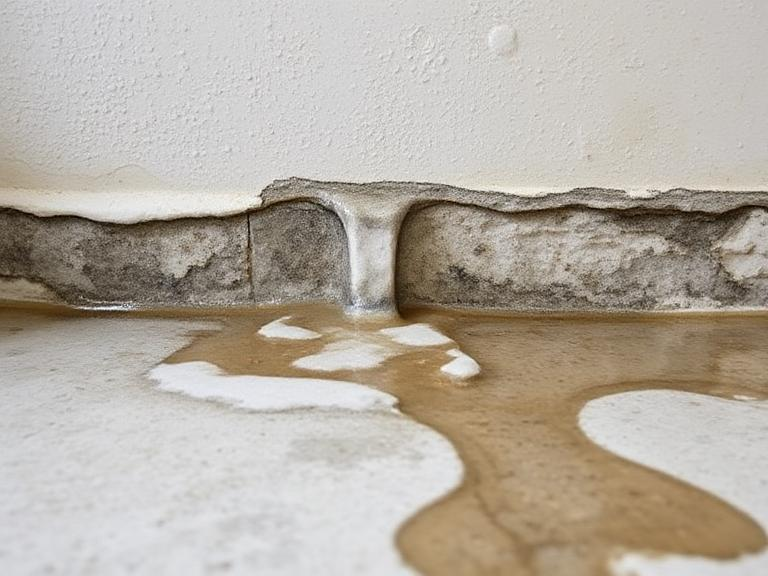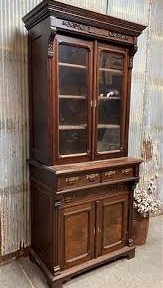Water damage can be one of the most destructive and expensive problems a homeowner can face. Whether it’s caused by a burst pipe, flooding, or a roof leak, water damage affects everything from your walls and floors to your valuable possessions. In 2024, homeowners are increasingly turning to quick fixes to address water damage issues, but this often leads to skyrocketing repair costs.
In this article, we’ll explain why taking the “easy route” with water damage repairs can end up doubling your repair bills, and how to avoid these costly mistakes.
The Temptation of Quick Fixes
When faced with water damage, it’s natural to want to resolve the issue as quickly as possible. Many homeowners opt for DIY repairs or inexpensive fixes, hoping to save money and time. While these quick fixes may seem effective in the short term, they often fail to address the underlying causes of the damage.
For instance, applying a patch to a leaking pipe or covering up water stains with a fresh coat of paint may temporarily conceal the issue. However, these methods don’t eliminate the root problem. Over time, the underlying issues—whether it’s persistent leaks, mold growth, or structural damage—will worsen, and your initial “quick fix” will only cost you more in the long run.
Why Quick Fixes Can Double Your Water Damage Repair Bill
Here’s how quick fixes can turn into costly mistakes:
1. Hidden Damage
Water damage isn’t always visible on the surface. The structural damage behind your walls or beneath your floors can go unnoticed if you only apply surface-level fixes. For example, mold and mildew growth inside your walls could be festering without your knowledge. If you just slap on a coat of paint, you’re only masking the issue—leading to more serious repairs later when the mold becomes visible or causes health problems.
2. Ineffective Repairs
Trying to fix a water-damaged area without proper tools or expertise often results in ineffective repairs. What may seem like a minor leak or stain could turn out to be a much larger issue that requires professional intervention. Tackling this with a quick fix may temporarily stop the symptoms, but the root cause could continue to cause damage to your home and possessions.
3. Increased Long-Term Costs
When you take shortcuts with water damage repairs, you end up paying more in the long run. The longer you wait to address the problem properly, the more damage can accumulate. By neglecting to call in professionals early, you risk the spread of water damage to other parts of your home. This often results in a much higher repair bill than if the damage was dealt with right away.
4. Poor Insurance Coverage
Many homeowners make the mistake of attempting DIY repairs, only to find out later that their insurance won’t cover the cost of repairs because they didn’t address the issue correctly. Insurance companies often prefer that the problem is professionally handled to ensure the repairs are done safely and thoroughly. If you cut corners, you may be left without proper coverage, leaving you with a hefty repair bill to cover on your own.
How to Avoid Costly Water Damage Mistakes
So, how can you avoid these costly errors and save on repair costs?
1. Call Professionals Early
The key to saving money on water damage repairs is early detection and intervention. When you notice signs of water damage—such as mold, water stains, or a musty smell—call a professional water damage restoration service right away. Trained experts can assess the situation, identify hidden damage, and implement long-term solutions that will save you money in the future.
2. Thorough Inspections
A professional inspection will help identify all affected areas, including those that may be hidden from view. Experts can find water damage behind walls or under flooring that could be missed by an untrained eye. By getting a comprehensive inspection, you can avoid facing surprise issues down the road.
3. Don’t Ignore the Source
It’s essential to address the root cause of the water damage, not just the visible symptoms. Whether it’s a leaking pipe, a damaged roof, or an issue with your foundation, a professional will ensure the source is fixed properly, preventing future damage and additional repairs.
4. Preventive Maintenance
Once your water damage is repaired, consider investing in preventive measures to avoid future issues. This may include installing sump pumps, improving drainage around your home, or regularly checking pipes and appliances for signs of wear. A little investment in prevention can save you a lot in future repair costs.
Conclusion
While it’s tempting to opt for quick fixes when dealing with water damage, doing so can lead to even higher repair costs down the road. It’s crucial to address the problem thoroughly, with the help of experienced professionals, to avoid additional damage and ensure your home is safe and protected.
If you’re dealing with water damage or want to learn more about proper restoration techniques, click here for expert water damage restoration services in Lafayette. Quick fixes for water damage might seem like a good idea, but they often lead to bigger bills. Learn why taking shortcuts can double your repair costs and how to avoid it.
Website : https://waterdamagerestorationlafayette.org/




